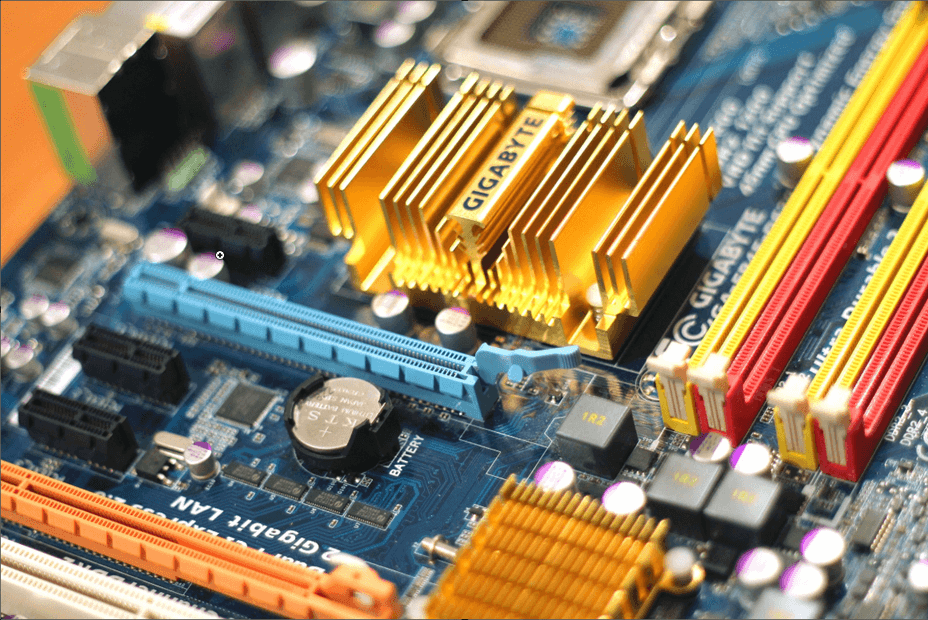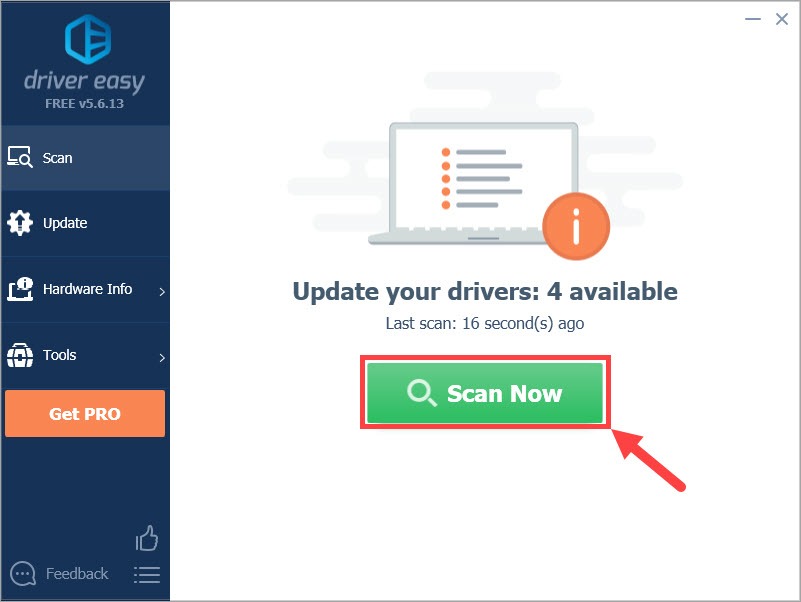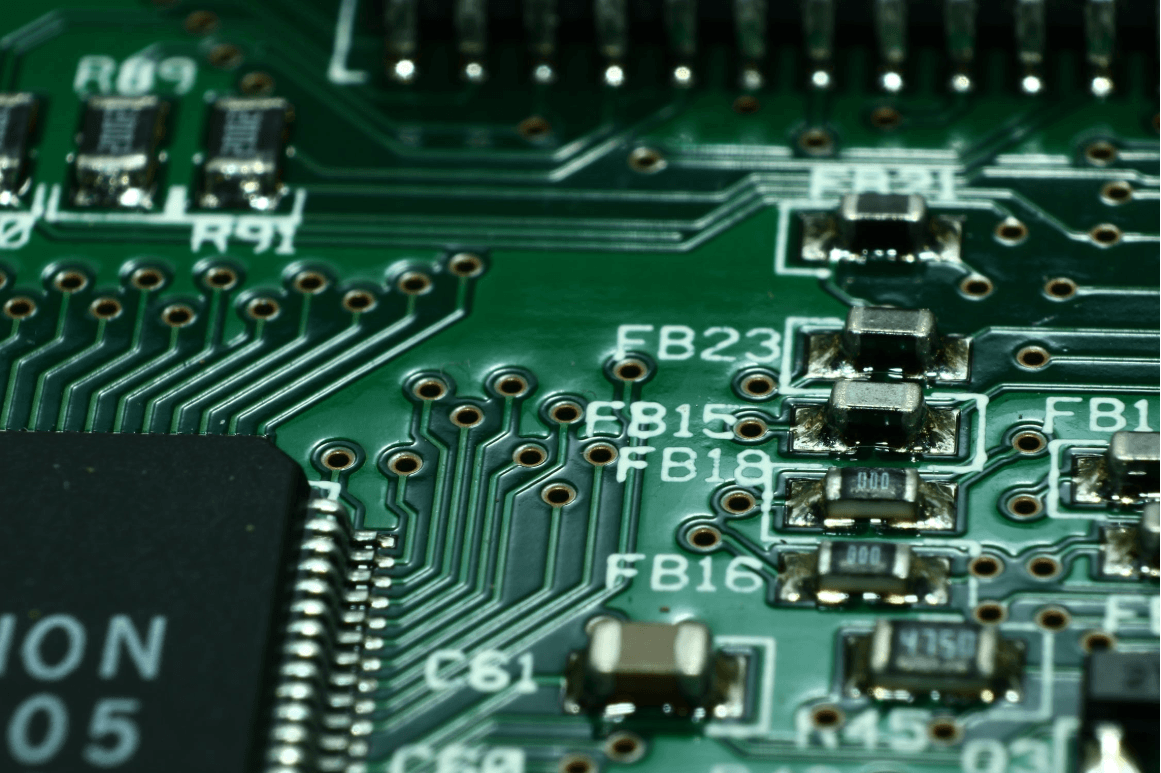
You might’ve heard of the word “motherboard” before, but you rarely have chances to find out how it works, or how important it is to your computer’s operation. Is it really that essential? Why should motherboard drivers be updated and how? Now let’s dig in to satisfy your curiosity.
What is a motherboard?
As its name suggests, a motherboard can be considered as a “mother” who takes care of all the components of your computer. This metaphor may not be precise enough, but the motherboard does play a core role in your PC’s operation.
Located on the back side or at the bottom of your computer chassis, the motherboard appears as a slab with embedded lines and connectors. This slab should be called a printed circuit board (PCB) and the lines are copper tracks used for the connectivity between different parts.
The primary function of a motherboard is to connect all the hardware components together, including main power, CPU, memory, graphics and sound cards. Some of these components are soldered to the motherboard while others are plugged into it via a slot or port.
Why should I update motherboard drivers?
To answer this question, we must first know what motherboard drivers are. Motherboard drivers don’t mean the drivers designed for a motherboard. Instead, they stand for the motherboard device drivers – drivers of the crucial hardware components (CPU, RAM, etc.) and peripheral devices (keyboard, printer, etc.) that are connected to the motherboard. That is to say, the motherboard itself doesn’t need drivers but the hardware components and peripherals connected to it have such requirements.
Drivers are the invisible “bridge” between hardware and software. Without drivers, the hardware components of your PC cannot communicate with their operating system, which hinders your computer from running properly. If your drivers are corrupt or out-dated, they may also bring malfunctions to your computer.
Generally speaking, updating your motherboard drivers in time can solve lots of commonly-seen problems such as network issues and audio issues. Better yet, by updating drivers you can enhance your computer performance in gaming or in other situations.
How can I update motherboard drivers?
There’re two ways you can update your motherboard drivers:
Option 1 – Automatically (recommended) – This is the quickest and easiest option. It’s all done with just a couple of mouse clicks – easy even if you’re a computer newbie.
Option 2 – Manually – You’ll need some computer skills and patience to update your drivers this way, because you need to find exactly the right the driver online, download it and install it step by step.
Option 1 – Automatically update your motherboard drivers (recommended)
If you don’t have the time, patience or computer skills to update your motherboard drivers manually, you can do it automatically with Driver Easy.
Driver Easy will automatically recognize your system and find the correct drivers for it. You don’t need to know exactly what system your computer is running, you don’t need to risk downloading and installing the wrong driver, and you don’t need to worry about making a mistake when installing. Driver Easy takes care of everything.
You can update your drivers automatically with either the FREE or the Pro version of Driver Easy. But with the Pro version it takes just 2 clicks:
1) Download and install Driver Easy.
2) Run Driver Easy and click the Scan Now button. Driver Easy will then scan your computer and detect any problem drivers.

3) Click Update All to automatically download and install the correct version of all the drivers that are missing or out of date on your system (this requires the Pro version – you’ll be prompted to upgrade when you click Update All).

Note: You can do it for free if you like, but it’s partly manual.
Option 2 – Manually update your motherboard drivers
If you opt to update your motherboard drivers manually, here’s the guidance for you.
1) Press the Windows logo key and R at the same time to invoke the Run dialog box. Then type devmgmt.msc and click OK.

2) In the Device Manager window, double-click one of the entries to expand its drop-down list. (You should do this based on your own needs. For instance, if you want to update your graphics card driver, double-click “Display adapters.”)

3) Right-click on the device whose driver you want to update. Then select Update driver.

4) Click Search automatically for updated driver software.

5) Wait for the download and installation process to complete.


6) Once complete, click Close.

7) Now your driver should have been updated by Windows successfully. Don’t forget to restart your computer for the changes to take effect even if you’re not asked to.
Hopefully this post helped resolve your problems. Please feel free to leave a comment below if you have any further questions or ideas. Thanks for reading!






